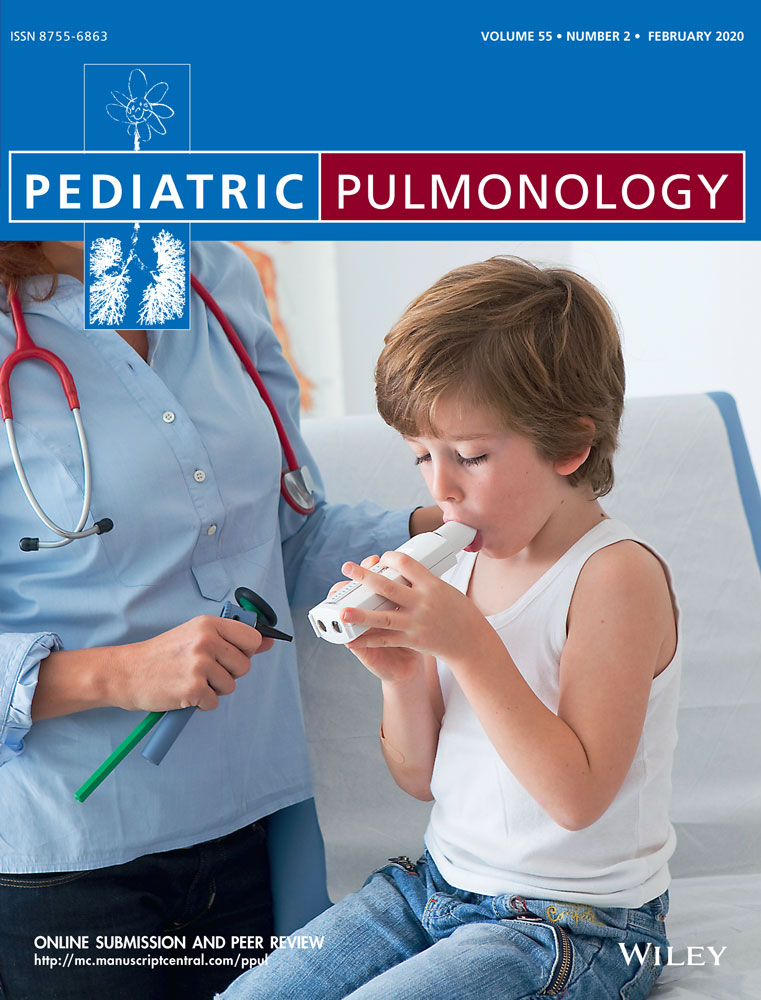Psychiatric comorbidity in children with psychogenic and functional breathing disorders
This study was presented as an oral presentation at the Turkish Thoracic Society's 22nd Annual Congress, 2019.
Abstract
Background
The present study aims to assess psychiatric diagnoses in children with psychogenic and functional breathing disorders (PFBD), which consist of children with psychogenic cough, throat-clearing tics, and sighing dyspnea, and compare them to a control group without any diagnosis of chronic medical problems.
Methods
The participants consist of 52 children with PFBD and 42 children without any chronic medical problems. Psychiatric diagnoses were assessed via semistructured psychiatric interviews in both groups.
Results
The two groups did not differ on age (PFBD group 11.25 ± 2.61, control group 11.17 ± 2.58; t = 0.14, P = .88) or sex (48.1% of the PFBD group were female, 61.9% of the control group were female; χ2 = 1.79, P = .18). 55.8% of the PFBD group and 28.6% of the control group had at least one psychiatric diagnosis according to the semistructured interviews (χ2 = 6.99, P = .008). The most common psychiatric diagnoses in the PFBD group were attention deficit hyperactivity disorder (ADHD; 17.3%), tic disorders, (15.4%), and specific phobia (15.4%). 11.5% of the cases in the PFBD group were diagnosed with somatic symptom disorder and more than half of the patients (n = 27 (51.9%)) showed clinical characteristics of tic disorders.
Conclusion
Psychiatric diagnoses are common in children with PFBD, and teamwork involving child psychiatrists may be essential for the management of children with PFBD.
CONFLICT OF INTERESTS
The authors declare that there are no conflict of interests.




